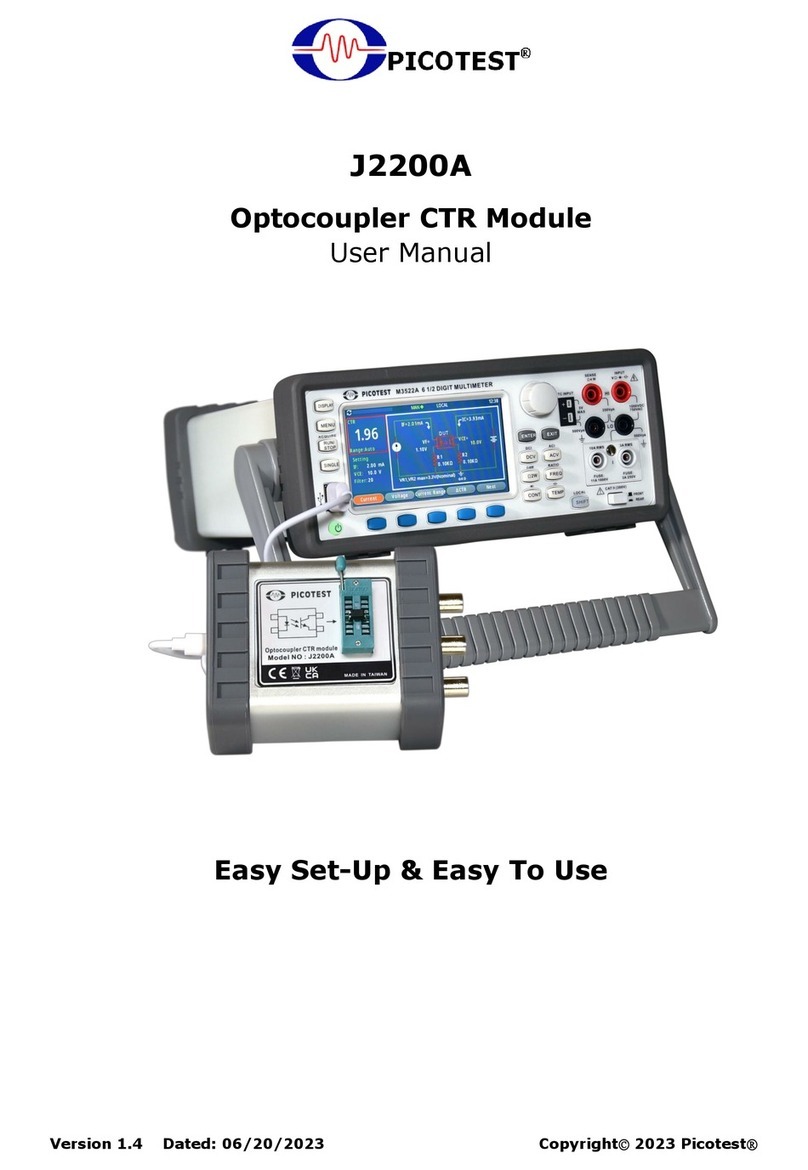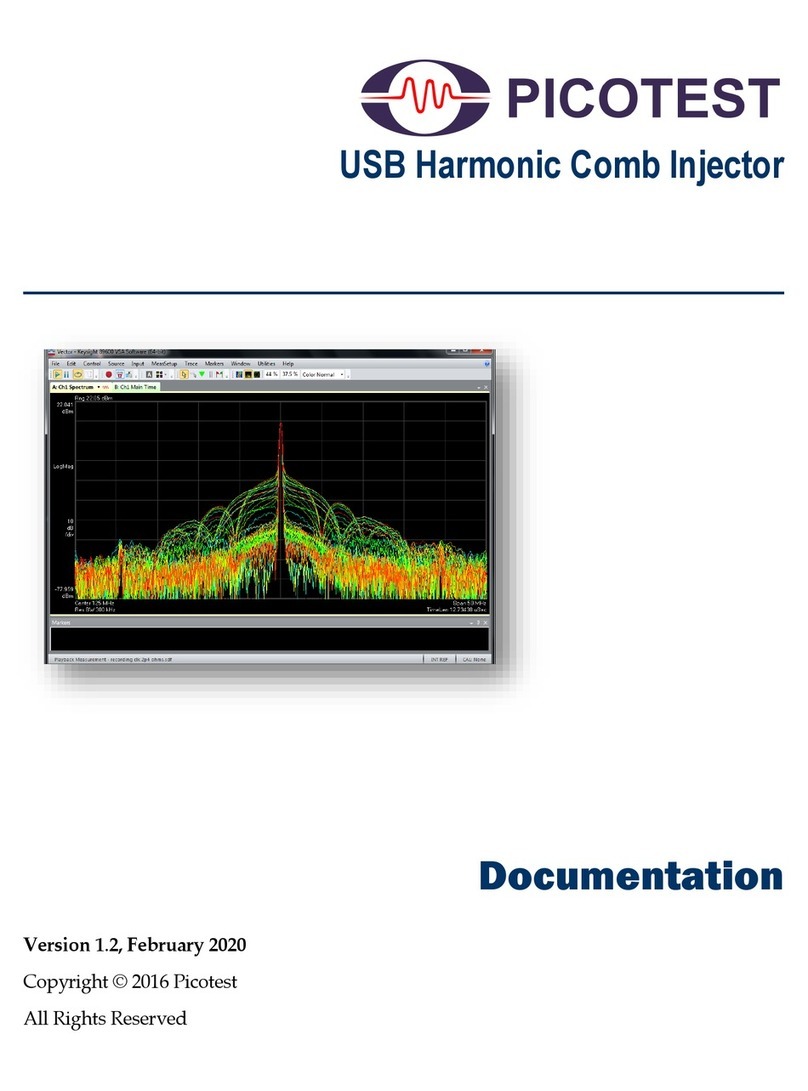
J2103A Power Stage Isolator
3
Rev 1.0 05142023
1. Introduction to J2103A
All electronic products, whether powered by mains or batteries, contain power regulation circuits that
can use switching or linear power supplies, or both. Feedback control circuits are necessary to
stabilize the output voltage of both types of power supplies. Therefore, the design of feedback control
circuits has always been a focal point for young power engineers to learn. However, before designing
the correct feedback control circuit, power engineers need to understand the frequency response of
the power output circuit (Power stage) to be controlled.
In the past, we would use simulation tools with circuit models to analyze the power supply and
predict the frequency response of the power stage. Then, we would proceed with the first feedback
control circuit design. If the circuit worked properly, we could use a Frequency Response Analyzer
(FRA) or Vector Network Analyzer (VNA) and an injection transformer to measure the frequency
response of the power output circuit (Power stage) and optimize the feedback control circuit
according to the measurement results. However, the whole process can be very time-consuming and
cumbersome.
The J2103A Power Stage Isolator is a device that replaces feedback control circuits to control the
power output circuit (Power stage), also, known as the power stage plant. The power supply plant
gain represents the amplification factor of the power supply unit within this feedback control loop.
With the J2103A, we can measure the frequency response of the power output circuit (Power stage)
before designing the feedback control circuit and design the feedback control circuit according to the
actual measurement results. The whole design process is almost done at one time, and the
integration of the power output circuit (Power stage) and the feedback control circuit is relatively
accurate and greatly shortens the design cycle.
The J2103A can be used in almost any power circuit that requires feedback control. Its feedback input
(Vin) and reference voltage (Vref) use differential inputs without reference ground problems.
Therefore, designs with isolated or non-isolated power sources, switching or linear power supplies,
and positive or negative voltage feedback can all use J2103A.
2. J2103A Package Contents
Figure 1 displays the product contents. The J2103A includes...
a. J2103A unit x 1 (includes a battery)
b. Type C charging cable x 1
c. PWR-OPT03Banana to USB adapter x 1
d. Dupont testing cables x 2






























